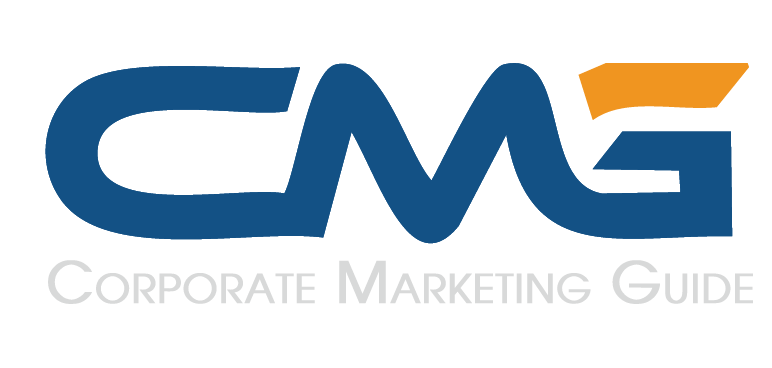Cold email automation isn’t about blasting inboxes; it’s about building a consistent, intelligent outreach system that scales without sacrificing personalization. The right strategy connects data, timing, and messaging so every email feels intentional, not automated. When done well, automation becomes an extension of your sales process, warming up leads, nurturing interest, and surfacing real opportunities while your team focuses on closing.
In this blog, we’ll unpack how modern sales teams are using automation to simplify workflows, personalize at scale, and turn cold outreach into a predictable source of qualified leads that actually convert.
The Manual Outreach Trap (And Why You’re Stuck In It)
Let me guess your morning routine. You open your CRM. You pull up a list of prospects. You craft what feels like a personalized message. Copy. Paste. Adjust the name. Send. Repeat 47 times before lunch. Sound familiar?
The problem isn’t your work ethic. You’re hustling. The problem is that you’re spending hours on tasks that technology solved years ago. Meanwhile, your competitors are reaching 10x more prospects in the same amount of time.
Think about it this way: would you hand-write invoices when accounting software exists? Of course not. So why are you manually sending outreach emails in 2024?
What Actually Happens When You Automate (The Good and The Myths)
Let’s clear something up right now. Automation doesn’t mean robotic, impersonal spam. That’s the myth that keeps founders trapped in manual mode.
Real automation, the kind that actually works, helps you do three critical things:
- Scale your reach without losing quality. You can connect with hundreds of prospects while maintaining personalization that actually matters. Not just {FirstName} tags, but real contextual customization based on data.
- Reclaim your time for strategy. Instead of being stuck in the weeds of send-click-repeat, you’re analyzing what’s working, refining your messaging, and actually talking to the people who respond.
- Test and optimize relentlessly. Manual outreach means you’re guessing. Automated systems let you A/B test subject lines, messaging angles, and send times with actual data backing your decisions.
Here’s what it doesn’t do: turn you into a spam machine. Good automation tools have built-in safeguards, deliverability features, and compliance checks that actually protect your domain reputation better than manual sending ever could.
The Components That Make or Break Your Automated Outreach
Not all automation is created equal. You need specific elements working together, or you’re just automating failure at scale (which is somehow even worse than manual failure).
But here’s what does scale, smart automation that doesn’t sacrifice the human touch. And that’s exactly where cold email automation comes into play.
Personalization at Scale
This is non-negotiable. Your tool needs to pull from multiple data sources, CRM fields, website activity, social signals, and company information. Then it needs to intelligently insert those details in ways that feel natural, not forced.
Bad personalization: “Hi {FirstName}, I see you work at {Company}.”
Good personalization: “Noticed your team just raised Series B, congrats. Given your growth trajectory, here’s how we’ve helped similar companies avoid the scaling headaches you’re probably anticipating.”
See the difference?
Intelligent Sequencing
One email rarely cuts it. You need follow-ups. But not annoying ones that make prospects block you.
Your automation should handle multi-touch sequences that feel like natural conversation threads. An email introduces value. Email two shares a relevant case study. Email three asks a specific question tied to their business context.
Timing matters here, too. Spacing these touches over days or weeks, at optimal times based on engagement data, is how you stay persistent without being pushy.
Deliverability Infrastructure
This is the unsexy part everyone ignores until their emails start landing in spam.
Your automation needs proper domain warm-up protocols, SPF/DKIM/DMARC configuration, bounce handling, and spam trap avoidance. These aren’t optional technical details; they’re the difference between your message reaching an inbox or vanishing into the void.
Response Management
Here’s where most automation falls flat. You automate the sending, but then responses come back to a cluttered inbox with no system for prioritization or follow-through.
Smart automation includes response detection, categorization, and workflow triggers. When someone replies with interest, that should immediately pause their sequence, alert you, and potentially trigger a calendar link or next-step workflow.
The Setup That Actually Works (From Someone Who’s Done This Dozens of Times)
Theory is nice. Execution is everything. Start with your list. Not a purchased list of questionable contacts, but a targeted, well-researched list of people who actually fit your ideal customer profile. Quality over quantity wins every single time.
Next, craft your sequence. Write it like you’d write to a colleague, professional but human. Test your subject lines. Make your value proposition crystal clear within the first two sentences. Nobody has time for vague pitches.
Then, set up your technical foundation. Warm up your sending domain properly. Configure your DNS records. Start with lower volumes and gradually increase as your reputation builds.
Finally, monitor and iterate. Watch your open rates, click rates, and reply rates obsessively. Test different approaches. What works for SaaS founders might bomb e-commerce operators. Your data will tell you what resonates.
The Metrics That Actually Matter (Ignore Vanity Numbers)
Open rates are interesting. Click rates are better. But reply rates—quality reply rates—are what pay the bills.
Track these instead:
- Positive response rate: Percentage of emails that get genuinely interested replies
- Meeting booking rate: How many conversations convert to actual calls
- Pipeline generated: Revenue opportunity created from automated outreach
- Time saved: Hours reclaimed from manual processes
That last one is easy to overlook, but consider this: if you save 15 hours per week on outreach, that’s 60 hours per month. What could you build, create, or close with 60 extra hours?
Your Next Move
You already know manual outreach isn’t sustainable. You probably knew that before you started reading this. The question isn’t whether to automate, it’s whether you’ll do it strategically or let another quarter slip by while you’re stuck in the manual grind.
Set up your system properly. Test relentlessly. Personalize genuinely. And watch your pipeline grow while you actually sleep at night. That’s the promise of doing this right. Not just more emails sent, but more real conversations started. More opportunities created. More time for the work that actually moves your business forward.
Making It Human (Even When It’s Automated)
Here’s the secret nobody tells you: the best automated outreach doesn’t feel automated at all.
Use language you’d actually use. Include specific details that demonstrate research. Reference recent company news, blog posts, or social activity. Ask questions that require thoughtful answers, not yes/no responses.
And for the love of good email hygiene, respect opt-outs immediately. Nothing tanks your reputation faster than ignoring unsubscribe requests.
Also read: What Makes AI Accounting Software Smarter Than Traditional Tools?



